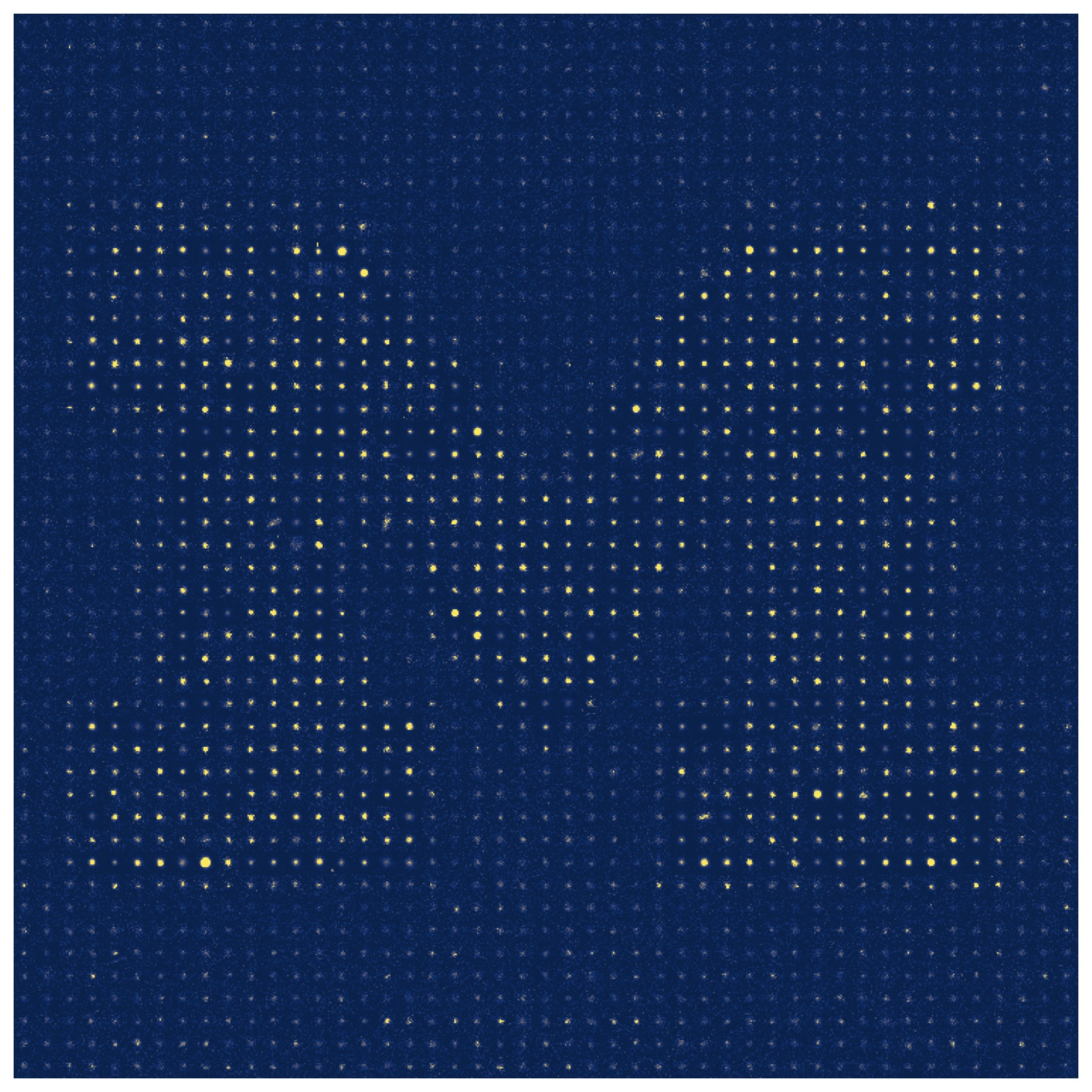Research

I'm interested in small body populations throughout the solar system: Where are they? What are their physical and dynamical properties? How did they reach their current locations, and what can that tell us about the solar system's past? I'm especially interested in the "third zone" of the solar system that lies beyond Neptune, a region which is home to thousands of small, icy bodies called trans-Neptunian objects. Some of these objects have been relatively undisturbed since the planetisemal disk formed; others have experienced gravitational interactions with Neptune or other planets that have placed them in their current orbits. Together, these objects tell a complicated and fascinating story about how the solar system reached its present state. My research aims to unravel this story. Current and past projects include:
- Searches for trans-Neptunian objects in data collected by the Dark Energy Survey. This work resulted in the discovery of hundreds of new objects including what was, at the time, the second-most distant known object in the solar system, the dwarf planet candidate 2014 UZ224.
- Searches for very distant objects that could be observed by the New Horizons spacecraft as it makes its way through the Kuiper Belt.
- Studies of the Trojan populations of Jupiter and Neptune
- The DECam Ecliptic Exploration Project (DEEP), of which I am a co-PI, is searching for thousands of the faintest solar system objects ever detected from earth. We will use this data set to measure the size distribution for Kuiper Belt Obejcts down to sizes of ~30 km, and classify hundreds of objects into their various dynamical classes. This is a very data-intensive project that makes extensive use of machine-learning and AI techniques. A mosaic of several thousand new KBOs detected by our group is shown at left.
- Limits on the number of Earth's Trojan companions, and a possible explanation for why there aren't any primordial ones.
- Is there an undiscovered ~5 earth-mass planet in the distant outer solar system? Probably not... the purported orbital alignment of trans-Neptunian objects on very distant, elongated orbits is simply an artifact of observational selection bias.
I'm an "adult-onset astronomer" who came to this field after working for a number of years in experimental high-energy physics. From 1992-2008 I was part of the CDF Experiment at Fermilab, where I contributed to the discovery and study of the top quark. Then the Tevatron was shut down.
My research is supported by NASA, the National Science Foundation, the Space Telescope Science Institute, and the Southwest Research Institute.
